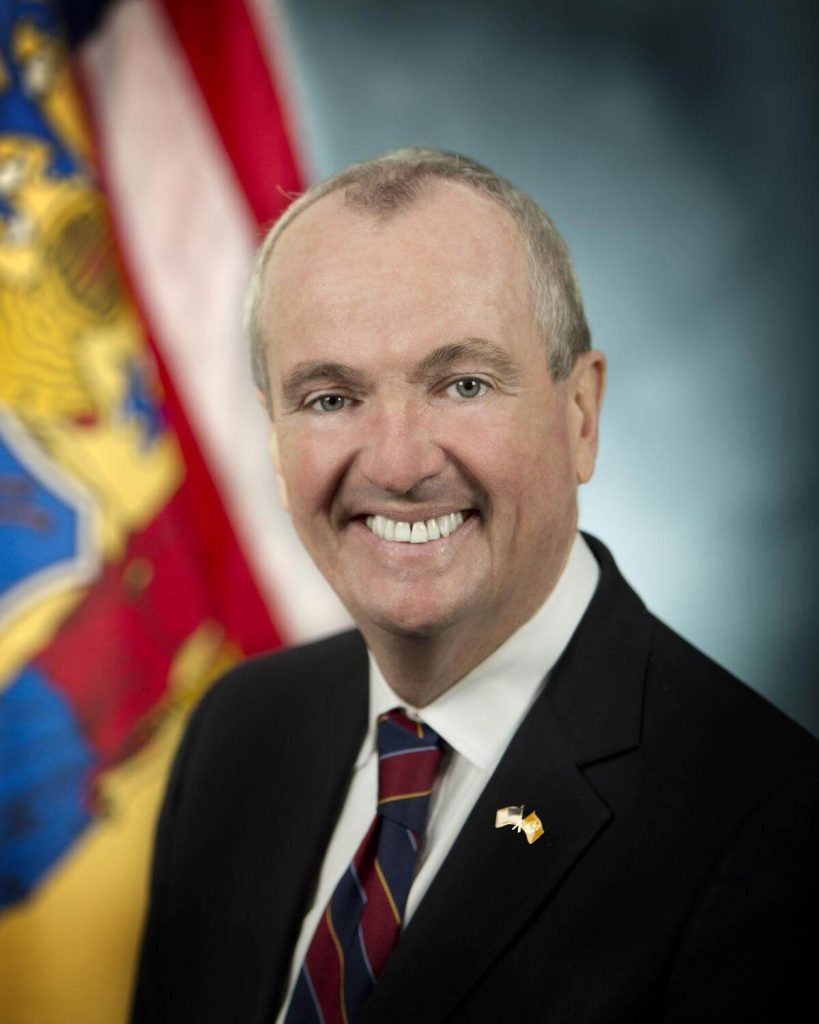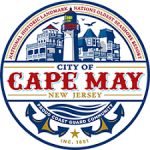To access the Herald’s local coronavirus/COVID-19 coverage, click here.
TRENTON – As of April 24, Gov. Phil Murphy has resorted to executive orders 27 times to issue measures to contain the spread of the coronavirus.
Murphy issued his first pandemic-related order Feb. 3, when he established the state’s COVID-19 Task Force. About one month later, on March 9, with the state experiencing 11 total confirmed cases, Murphy issued state and public health emergency orders.
Following the state of emergency, and often trying to stay ahead of the curve on total cases, Murphy began a series of orders imposing “aggressive distancing,” and “stay-at-home” requirements.
With order 104 March 16, at a point when the state had 178 confirmed cases and two associated deaths, Murphy began the lockdown that he would intensify in the following weeks. Order 104 imposed aggressive distancing requirements and began the closing of non-essential businesses. Five days later, with the state’s case total at 1,327, Murphy issued his stay-at-home order, bringing the local economy to a halt. Also on that day, Cape May County reported three active cases.
Murphy began issuing orders to protect the state’s residents from, what he feared would be, a protracted and economically painful period of lockdown. An order halted evictions and foreclosures as early as March 19. Some imminent elections were also delayed.
By March 21, Murphy tweaked his list of essential businesses and invalidated certain local restrictions, in support of what he termed “one set of rules” for the state.
Then, two days later, the state suspended all elective surgeries to preserve medical supplies. He followed that with shutting child care centers March 25, when the state’s total confirmed cases of COVID-19 infection was 4,402, with 62 dead.
At this point the governor had issued nine executive orders aimed at fighting the spread of the virus, eight of these in two weeks.
The lockdown had progressed from limiting the hours of certain businesses to shuttering them completely. Aggressive distancing had morphed into a stay-at-home order. Local governments scrambled to find new ways to govern safely.
In mid-March, as the lockdown rules tightened, a 30-year-old male from New York visited the shore. After arriving, he sought medical attention for flu-like symptoms. Cape May County reported this visitor as its first confirmed case March 18.
Murphy’s orders didn’t stop March 28. The next order mandated reporting from healthcare facilities state-wide. On that day, New Jersey updated its case total to 11,121 and acknowledged 140 deaths related to the virus. Cape May County had 15 active cases on that same day and was still a week away from its first fatality.
The first two weeks of April catapulted New Jersey into a national hot spot for the deadly virus. Murphy responded with 15 additional executive orders.
Murphy ordered all flags to half-staff and followed the next day with an order allowing certain retired employees to return to public employment without adverse impact to their pensions.
Closed school districts across the state saw school board elections extended and teachers had standardized test results removed from their performance reviews April 7. Also, on that day of four separate orders, state and county parks were closed and the Public Health Emergency was extended another 30 days. The state was hovering at 44,416 cases, with 1,232 dead.
The day prior, on April 6, Cape May County had recorded its first pandemic-related death, with its case total a hair below the century mark at 99 cases.
April 8 brought three more executive orders, these postponing the June primary elections, halting non-emergency construction, establishing new restrictions on the public use of stores, and changing the weight limits for large trucks to allow them to deliver more supplies with each trip.
The 22nd executive order aimed at fighting the contagion came on April 9, when the governor extended the grace period on health, home, auto and life insurance premiums.
Cases in the state topped 50,000 at 51,027. By this day, Cape May County recorded four dead and 116 total confirmed cases.
By April 10, Murphy ordered the release of some prisoners from state and county jails. The next day he issued extended New Jersey Transit regulations and set mask requirements for individuals entering restaurants or bars to pick up takeout meals.
With April 13 recording 64,584 confirmed cases in the state and 2,443 lives lost, Murphy barred internet and telecommunication providers from terminating service. Cape May County totals had climbed to 167 cases and eight deaths.
The very next day, Murphy provided executive agencies with rulemaking flexibility in order to ensure that the technical burdens of rulemaking would not hamper agencies quick response to the crisis.
As the financial crisis associated with the COVID-19 pandemic grows, Murphy added Executive Order 128 on April 24 to allow struggling renters to direct their landlords to use their security deposits to offset rent to back rent.
With the COVID-19 outbreak still raging, these 27 executive orders will probably be followed by others yet to come.
To contact Vince Conti, email vconti@cmcherald.com.
North Cape May – Hello all my Liberal friends out there in Spout off land! I hope you all saw the 2 time President Donald Trump is Time magazines "Person of the year"! and he adorns the cover. No, NOT Joe…








